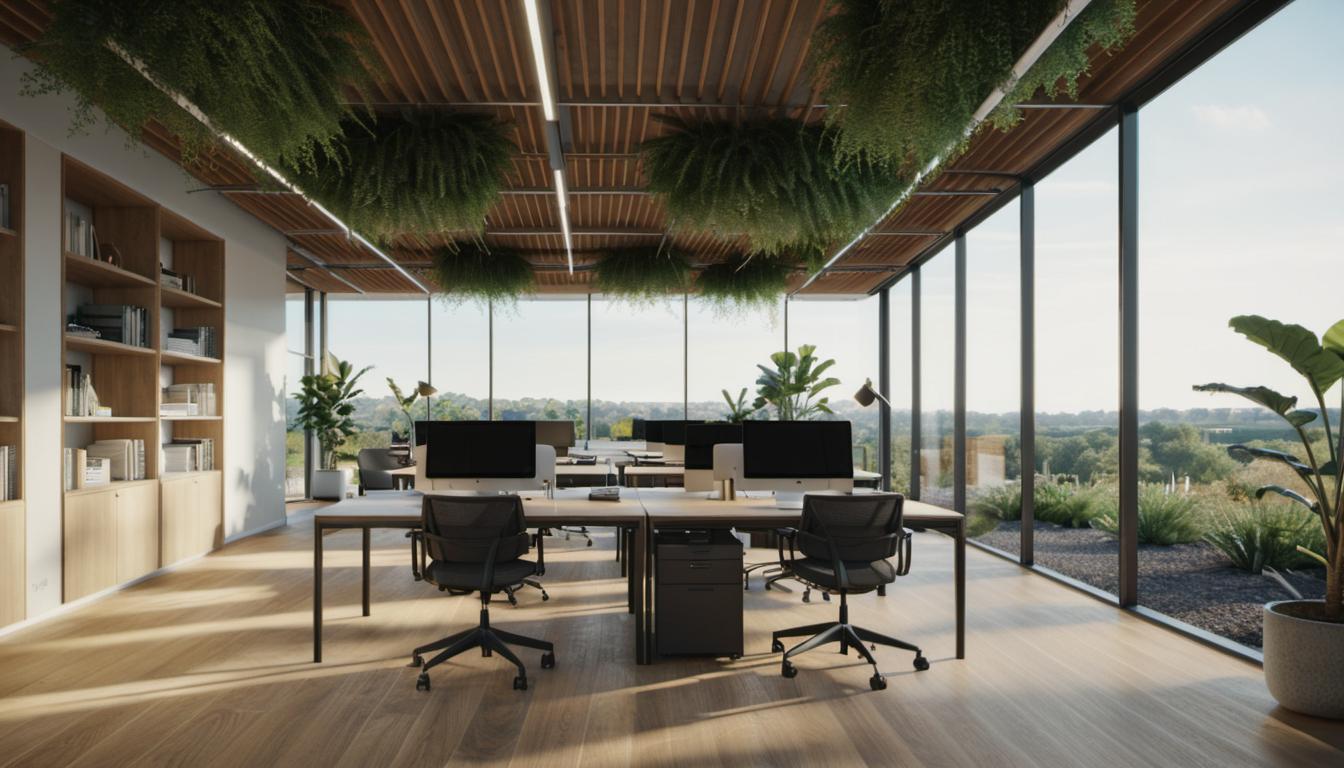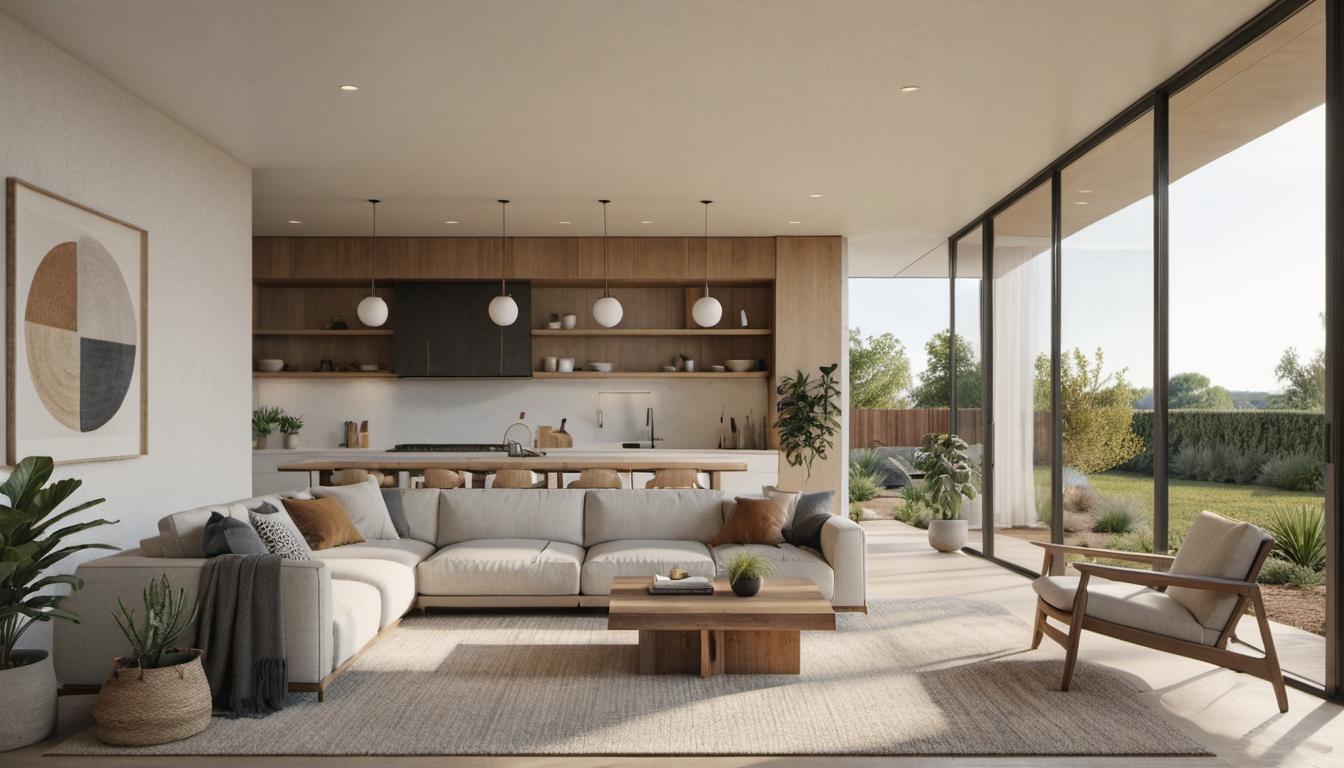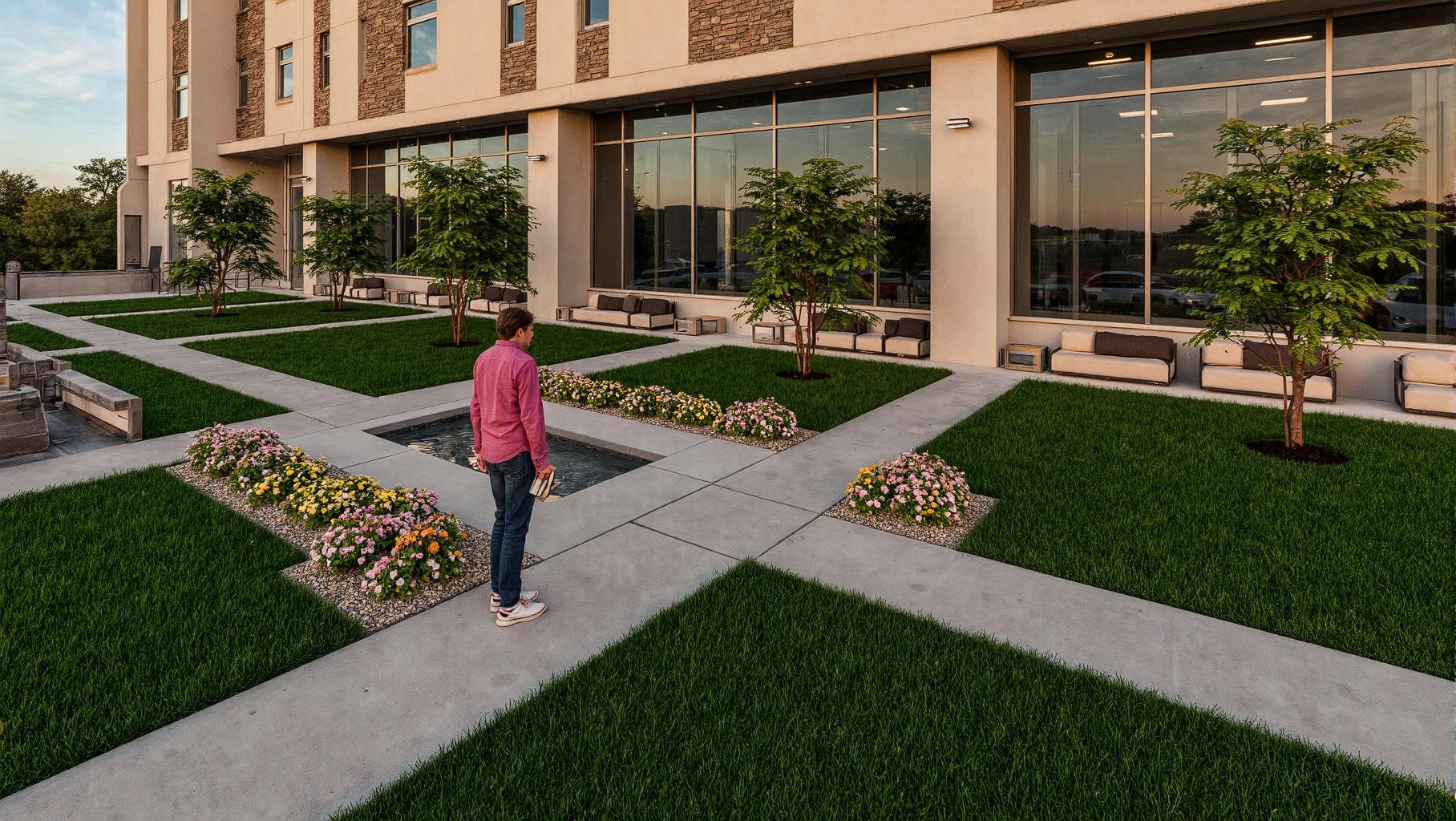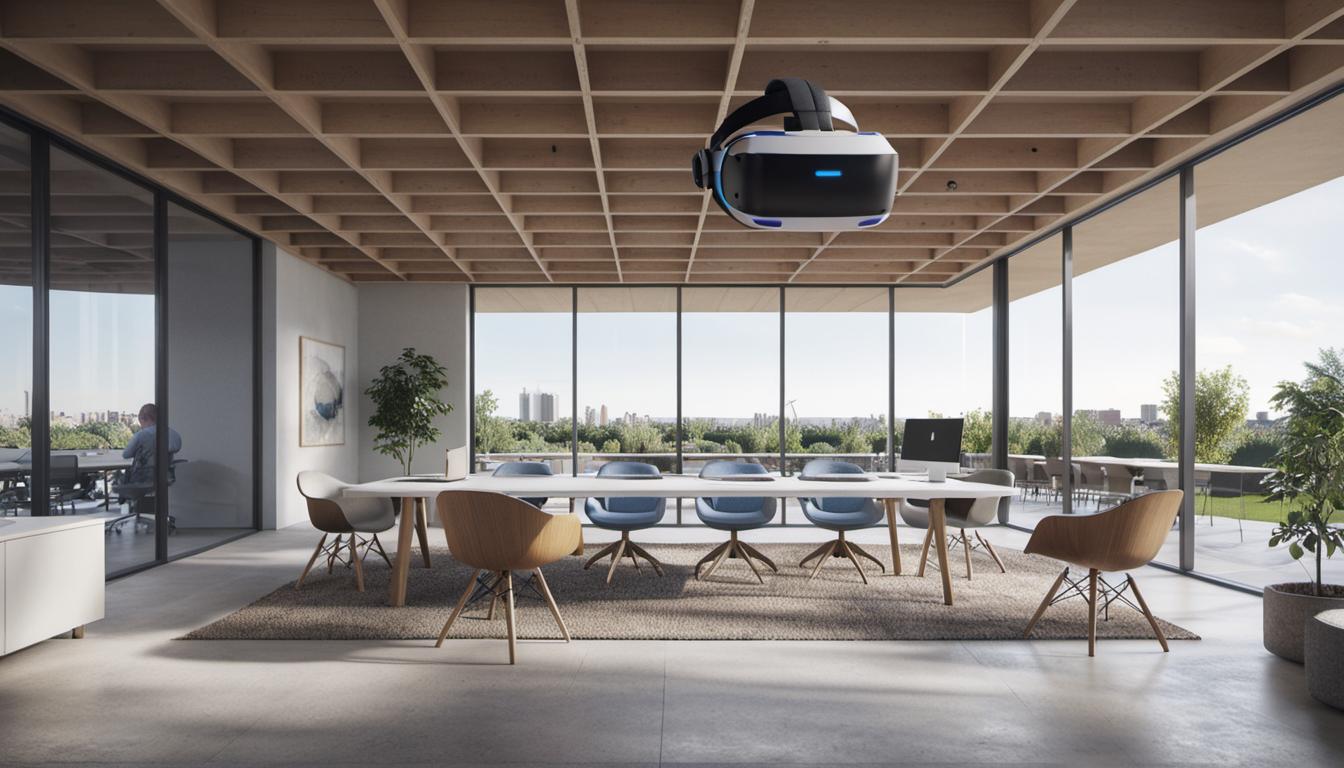A. The Value of 3D Rendering in Project Presentation
Developing architectural designs through 3D rendering offers numerous benefits. It’s possible to achieve a photorealistic presentation that lets clients preview what their projects would look like upon completion. By creating project renderings for better visual representation, you provide an avenue for clients to request alterations before the actual commencement of the project, saving on possible cost implications during the construction phase.
1. The Importance of Lighting in 3D Architectural Rendering
2. A Clear View of the Space with 3D Rendering
3. Real-world Material Illustration with 3D Rendering
4. Realistic Atmospheric Experience with 3D Rendering
5. Showcasing Fine Room Features Using 3D Rendering
B. The Role of Architectural Renderings
Architectural renderings possess a vibrant versatility and can serve multiple purposes in different phases of a project. From marketing a construction project prior to its commencement to securing necessary regulatory approvals or project funding and demonstrating design concept, architectural renderings are very important.
C. How Photorealistic 3D Renders Are Created
In creating 3D rendering for architects, clients, and other stakeholders, it’s crucial to define every step. Each segment of the process carries significant weight and plays a vital role in achieving a realistic visualization. The process is built around ensuring that the final output perfectly represents the project.
D. Exploring the Different Types of Project Renderings
An architectural display project could be either of two types: basic and detailed still rendering. While the basic type offers a less detailed but quick representation of a building or interior, the detailed variant provides a higher level of detail. On the other hand, video rendering presents the property in a dynamic format. Then there’s the virtual tour rendering that offers an immersive experience. Each of these types serves different purposes and comes at different costs.
E. Strengthening Your Brand Image with Architectural 3D Rendering
3D rendering can significantly enhance a brand image and distinguish a project in a competitive market. By aligning 3D visualizations with your brand aesthetics, you not only cement your brand identity but also attract your target audience. Architectural 3D rendering is a powerful tool for expressing design ideas and making a lasting impression on your audience.
F. Frequently Asked Questions – Creating Project Renderings for Better Visual Representation
Below are some of the questions frequently asked about the process, benefits, and uses of 3D rendering for architectural presentations, based on the information shared here.
- What is the role of 3D rendering in presenting architectural designs to clients?
- What are the key benefits of using 3D rendering for architectural projects?
- Can architectural 3D rendering be used for promoting yet-to-be-constructed properties?
- In the process of creating architectural renderings, what role does the choice of camera angles play?
- How can architectural renders be optimized for website display and social media?
3D rendering greatly assists in presenting a realistic visualization of an architectural design to clients. Clients get to see exactly what their structure would look like and request adjustments before the initiation of the project, saving on any possible costs of construction modifications.
The key benefits are broad-ranging, from the effective illustration of light impacts to space visualization, accurate depiction of materials, atmospheric immersion, and detailed visualization of room features.
Indeed, architectural 3D rendering serves perfectly in promoting properties planned for construction. It’s a powerful visualization tool for pre-construction marketing as well as for securing approvals and funding.
The choice of camera angles is crucial in creating project renderings for better visual representation. It aids in showcasing selected areas in the renderings and calls for a collaborative effort between the client and the architectural rendering company.
For optimization on websites, striking the right balance between visual quality and file size is necessary for enhanced website load times. For social media, designs should be visually appealing and be in a format compatible with each platform.






